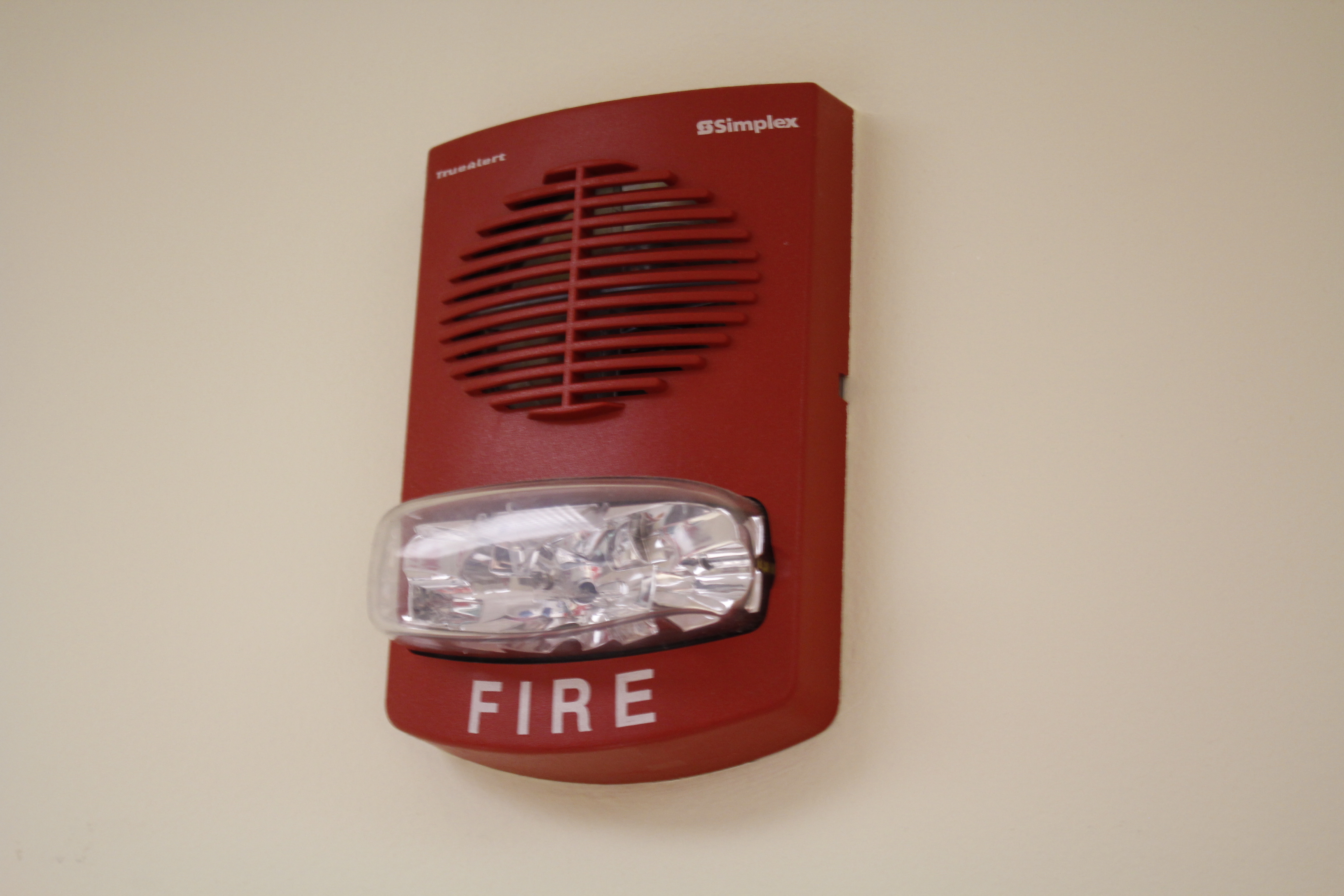On Thursday, Oct. 17, Campus Safety conducted the first lockdown drill of the 2019-2020 academic school year in accordance with the Emergency Management Plan for the College and the Jeanne Clery Disclosure of Campus Security Policy and Crime Statistics Act. The drill took place in Moyer Hall and was announced via the Omnilert Emergency Notification system, which sent out text messages to indicate the start and end of the drill.
The lockdown drill, or shelter-in-place drill, served as an opportunity for faculty, staff and students to apply the lockdown measures, which pertain to the “Lock Out” section of the 3 OUTS presentation that has been taking place on campus since the beginning of the semester. All students enrolled at Muhlenberg will have participated in the 3 OUTS training by the end of the fall semester. Brenda Lakis, Associate Director of Campus Safety, further elaborated on the necessity of training and lockdown drills in response to the increase of school shootings throughout the country.
“The College administration is aware of the importance of the training and making sure community members are trained with what to do in case of an emergency, such as an active shooter. Keeping our community safe by educating in what to do in this situation is a priority,” explained Lakis. “We hope it never happens on campus, but if it does, our students, faculty and staff are prepared to respond. This training isn’t just for when you are on campus. It can help for situations at anytime, anywhere. If we can prevent one or several persons from being injured or a victim of a shooting, we have done our job.”
“It’s always good to run drills and scenarios. Training for a critical incident with other agencies is a good way to predict what type of response we would have in a critical incident”
The Clery Act requires college campuses to have at least two active shooter drills per year. Muhlenberg conducts one each semester, with Moyer Hall hosting this most recent drill. Lakis explained the process behind determining which building on campus will participate.
“This is a joint effort between campus safety and public relations. When we decide on a building, several factors are involved: if we have not done one in a particular building, what might be scheduled in the buildings at the time of the drill, etc.,” said Lakis. “Preparing for the drill starts weeks in advance.”
The active shooter drills involve certain procedural steps that are observed by Campus Safety. During the actual drill itself, multiple members of Campus Safety arrived on scene to ensure that everyone was acting accordingly.
“Members of Campus Safety meet at the location of the drill,” explained Lakis. “We check to make sure our notification system is working, occupants in the building or classroom are following lockdown procedures. We check for any weaknesses that might occur.”
Campus Safety was pleased with the overall outcome of the drill. It was reported that participating faculty, staff and students took the situation seriously and were quick to initiate the lockdown measures they had learned.
“I would say that this drill helped me prepare for future emergencies because it made me think about what the best thing to do in this type of situation would be and where the best exits to flee are”
“We were happy with the response of the people inside the building,” Lakis noted. “Almost all the occupants responded well and followed locking themselves in, some even barricaded doors; I was quite impressed.”
Jenna Levin ‘21, who was in Moyer during the drill, seemed to appreciate the experience gained from the simulation.
“This was my first lock down experience at Muhlenberg. I was in a class in the basement of Moyer and in the middle of the lecture, the smartboard’s screen changed and stated that we were having a lockdown drill,” said Levin. “The classroom that we were in had several rooms attached to it with no windows and doors that automatically lock, so all the students went into those rooms. I would say that this drill helped me prepare for future emergencies because it made me think about what the best thing to do in this type of situation would be and where the best exits to flee are.”
As school shootings continue to pose an all too real threat across the nation, Campus Safety works year round to ensure that both Campus Safety members and the public are well-informed and well-trained for any situation. Over the summer, an active shooter simulation was held on campus in Robertson Hall, at which local law enforcement agencies were invited.
“We run different scenarios using a residential building. Officers have the opportunity to train for and be prepared for a variety of incidents that could occur on campus,” explained Lakis. “It’s always good to run drills and scenarios. Training for a critical incident with other agencies is a good way to predict what type of response we would have in a critical incident.”
Photo Credit: Karly McCloskey






















